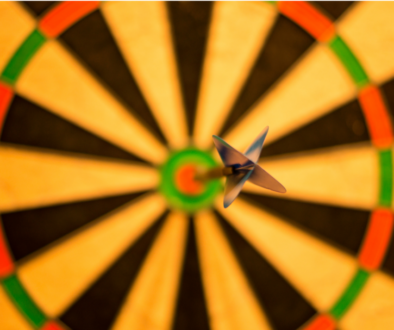Why You Need An Activity Tracker
Do you remember the days before smart watches? All of us at the gym before class wetting the chest strap’s transmitter so it would pick up our heart rate for the workout.
It’s amazing how far the technology has come in less than 10 years. Now instead of strapping on the Polar for the workout, we wear our smart watches all day long. They track our heart rate 24/7, record our daily steps and distance, and even know when we started a workout and finished one. And those are just the basic functions.
I’ve been using an Apple Watch for years. My clients also like FitBit and Garmin. Here’s what I most use my Apple watch for and why I recommend getting an activity tracker:
- Step count. Even though your phone has a pedometer function, it’s not accurate because it’s not on you 24/7. Here’s why it matters: First, studies have shown that 7500 daily steps positively affects symptoms of depression. And second, if weight loss is your goal, remember you burn 3 times more calories during NEAT (non-exercise activity thermogenesis) than during workouts.That means having an active lifestyle (measured by daily steps) is crucial for fat loss and weight maintenance. For all my Accountability Coaching clients, we work on creating the foundation of consistently meeting daily step goals.
- Resting heart rate. One of the best ways to prevent overtraining and burnout is by monitoring your resting heart rate. If you’re overdoing it at work, life, or in your workouts, your resting heart rate will be elevated. And that’s a good indicator to make it a light day in the living room gym (Pilates or Yoga) and to make other lifestyle changes. It’s much easier to look at the app or your watch for your resting heart rate than to check your pulse first thing every morning. It’s also encouraging to track your progress as you see your resting heart rate decreasing. #nonscalevictory
- Heart rate training. During workouts, your watch gives you immediate feedback if you’re in the right training zone and if you’re recovering properly. While you can use perceived exertion to measure your efforts, there are a lot of mental, emotional, and environmental factors that can make a workout “feel” easier or harder than it actually is. An exception here is if you’re on a beta blocker. This drug prevents your heart rate from elevating so you have to rely on RPE (rate of perceived exertion).
- Sleep tracking. No matter the goal, sleep (7-9 hours consistently every night) is key. The sleep tracking function records this for you. Not only can you monitor you progress, but it also helps keep you honest and accountable to a habit no one else can really “see.” The watch doesn’t lie!
Activity trackers give you the objective feedback you need to make changes while tracking your progress so you can celebrate your wins.
As an Amazon Associate, I earn from qualifying purchases.
Related Posts:
Sleep: The Foundation of Recovery
Know Your Zones: Heart Rate Training Zones
You Can Lie About Your Age, But Your Heart Rate Can’t



